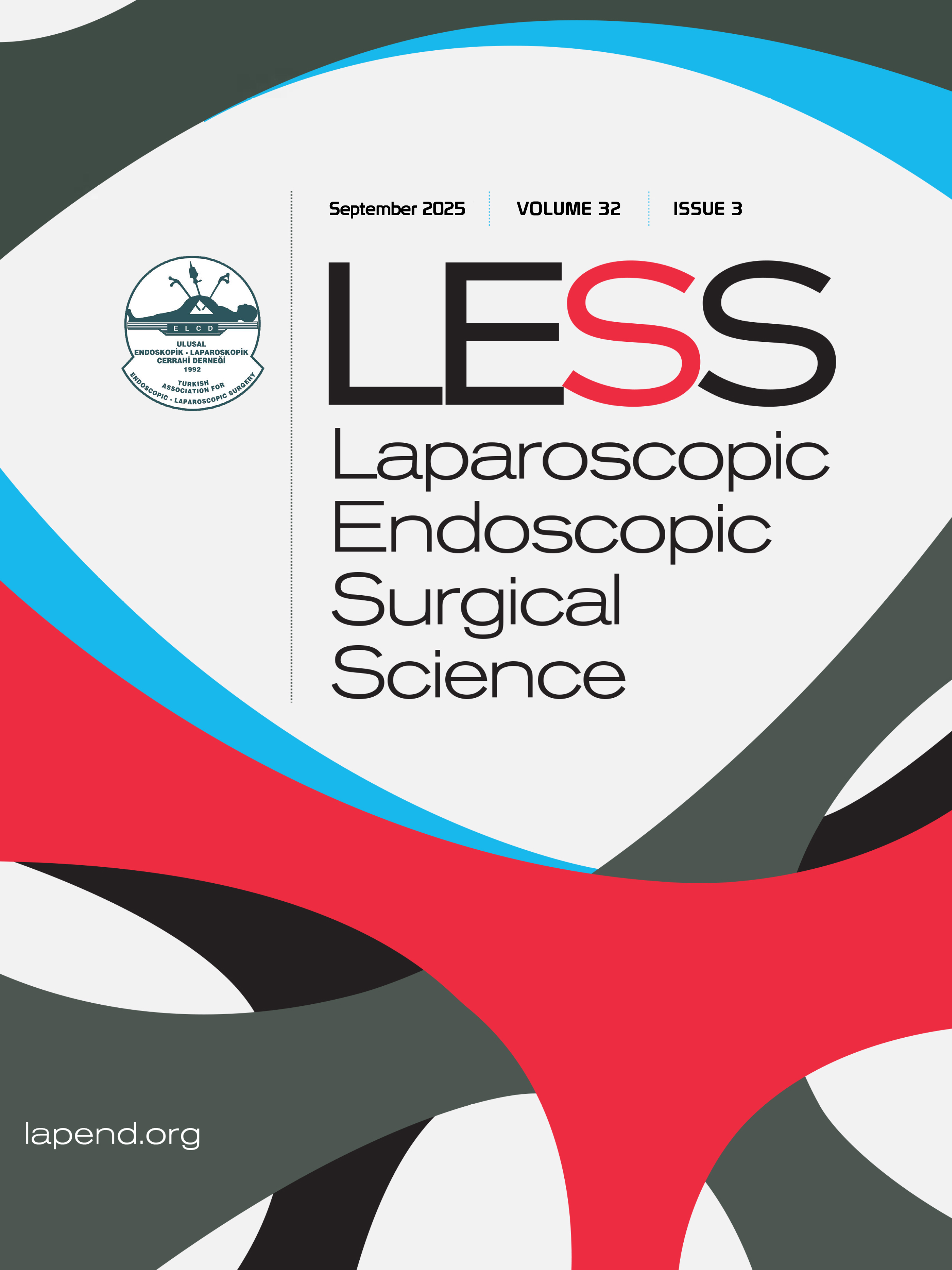Bladeless optical trocar insertion technique for initial access in morbidly obese patients: Technique and results
Murat Coşkun1, Adem Yüksel21Department of General Surgery, Kocaeli Derince Training and Research Hospital, Kocaeli, Turkey2Department of Gastroenterological Surgery, Kocaeli Derince Training and Research Hospital, Kocaeli, Turkey
INTRODUCTION: The initial access into the abdomen during laparoscopic surgery can become difficult and complex, especially in morbidly obese patients. No ideal technique to solve this issue has been elucidated. In this study, we aimed to evaluate the safety and feasibility of using a bladeless optical trocar for abdominal entry without producing pneumoperitoneum in morbidly obese patients.
METHODS: The study included 170 patients who underwent surgery to treat morbid obesity from January 2015 to December 2017. Demographic data, data about the initial access to the abdomen, and the complications were recorded.
RESULTS: All surgical procedures were performed by the same team of two surgeons. The mean body mass index (BMI) of the patients was 45.8±6.0 kg/m². The Veress needle access failed in the first five patients. The initial access was successfully achieved in all patients, including the first five patients, by using a bladeless optical trocar without producing pneumoperitoneum. After the skin incision, insufflation and trocar insertion were completed in a mean period of 58±35.3 (range; 23272) seconds. Omental injury due to trocar insertion occurred in two patients. No other complications developed. Fascial defect closures were not performed for any patient. The mean operating times for sleeve gastrectomy and the Roux-en-Y gastric bypass were 76±19 (range: 45135) and 203±61.4 (range: 100345) minutes, respectively. During the follow-up period of 24 months, no patient developed trocar site hernia.
DISCUSSION AND CONCLUSION: Initial access to the abdomen by a bladeless optical trocar without producing pneumoperitoneum is a practical, fast, safe, and effective method in morbidly obese patients.
Keywords: Complications, laparoscopic entry; morbid obesity; optical trocars; pneumoperitoneum.
Manuscript Language: English















